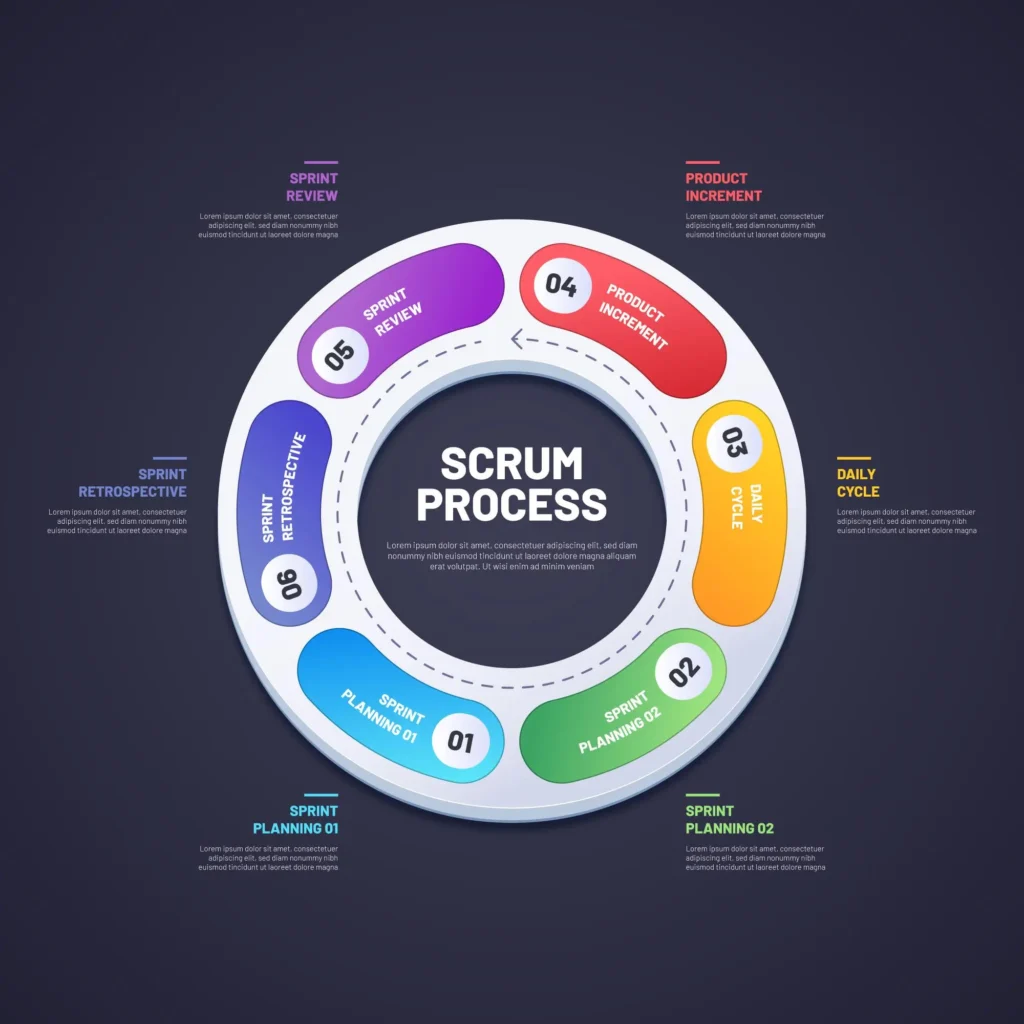Course

Explore Our Course
The Scrum Master is an instructor-led, hands-on training course. This course Scrum is an Agile process that allows users to focus on delivering the most business value in the shortest time. Scrum allows practitioners to test real working software and decide whether to release it or pursue another improvement program. The Scrum Master leads the Scrum team and is responsible for the success of the project, providing guidance to the product owner and team and ensuring that team members follow all Agile practices. It plays a crucial role as a facilitator and mentor, guiding the Scrum team through the product development process. The demand for Scrum Masters is high as every team wants to have a trusted person to manage different Agile projects and help the team. Therefore, this course will help learners to add Scrum Master as a skill in their profile and will definitely help them to climb the ladder of success in terms of value and career opportunities.
Scrum Master Certification course
This training course is available in Melbourne, Sydney, Brisbane, Adelaide, Canberra, Perth, Hobart, Australia and
can be attended live virtually from anywhere.
